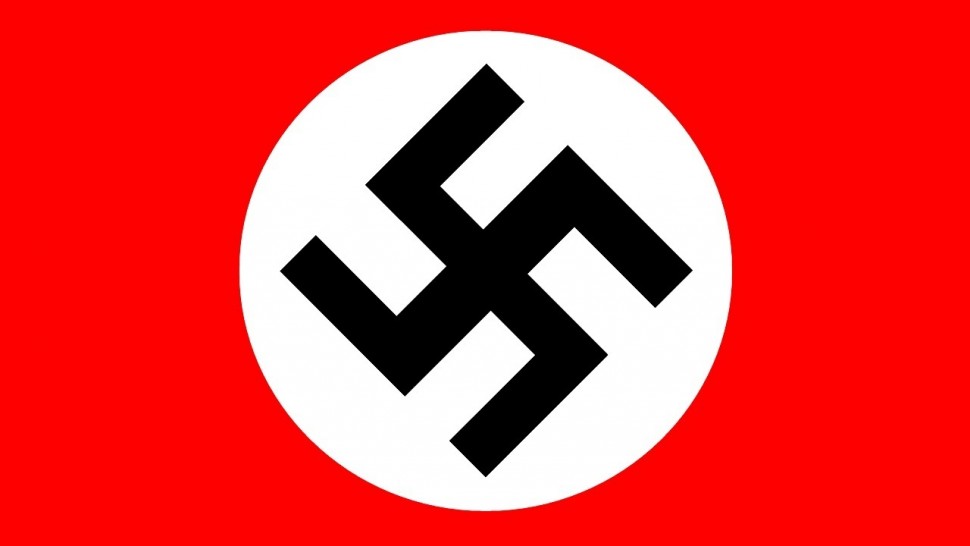Earth Day is the pagans’ alternative to the Christian celebration of Easter. In fact I call it Pagan Holy Week. The environmental religion of “Mother Earth” is probably at its greatest peak of popularity since the early days of Saint Patrick.
As part of this rise in worshipping the creation instead of the Creator, adherents to this viewpoint are trying to reexamine history to gauge the impact of mankind on their blessed deity. The newest revision of history in light of the supremacy of the environment is a tome called “How Green Were the Nazis? Nature, Environment and Nation in the Third Reich.”
It is available from http://www.Amazon.com. The books’ description reads in part:
The Nazis created nature preserves, contemplated sustainable forestry, curbed air pollution, and designed the autobahn highway network as a way of bringing Germans closer to nature. How Green Were the Nazis? is the first book to examine the ideology and practice of environmental protection in Nazi Germany. Environmentalists and conservationists in Germany welcomed the rise of the Nazi regime with open arms, for the most part, and hoped that it would bring about legal and institutional changes.
This sounds like a candidate for http://www.snopes.com but the book appears to be genuine.
Alex Beam, a writer for the Boston Globe, has written a review of the book with all the seriousness that such a topic richly deserves.
It is undeniably true that Adolf and his crew were A-number-one landscape-impacters. London got plenty impacted by the Nazis’ environmental outreach program, as did cities like Leningrad, Stalingrad, Dresden, and Berlin. According to this book, the Nazis had big plans for spreading their green ideology eastward into Poland, Ukraine, and Russia. “In the vast territories conquered in the east . . . they saw the opportunity to create a better, greener, future, combining racist and environmental thinking,” the authors write. How sad that the eastern European Jews didn’t go along with the program! What soreheads.
It’s incredible that anyone would actually publish sentences like these: “The Nazis, however, were not interested in turning Germany into a tree farm”; “World War II was the opportunity that many modernist landscape architects had been waiting for”; or, “In the end, everyone . . . agreed that it was the wrong moment to embark on any projects with organic farming.”
Talk about not seeing the forest for the trees.
To be fair, I did learn a lot. I already knew that Hitler was a vegetarian with a taste for nonalcoholic beer, but I didn’t know that SS boss Heinrich Himmler also eschewed meat or that Hermann Goering had a “sincere interest in forest conservation.” Nazi party secretary Rudolf Hess was a devotee of organic gardening. Did you know that there was an organic herb garden at Dachau? Marvelous! It’s depressing how many historians insist on dwelling on the negatives.
Read his article for yourself A silent springtime for Hitler?
http://www.boston.com/news/globe/living/articles/2007/04/11/a_silent_springtime_for_hitler/
Oh, for those for you that don’t see the humor in the title it is a combination of the fictional play Springtime for Hitler from Mel Brooks’ Producers and Rachel Carson’s Silent Spring, one of the first environmental propaganda books.
Thanks Dean Barnett for bring this to my attention.
